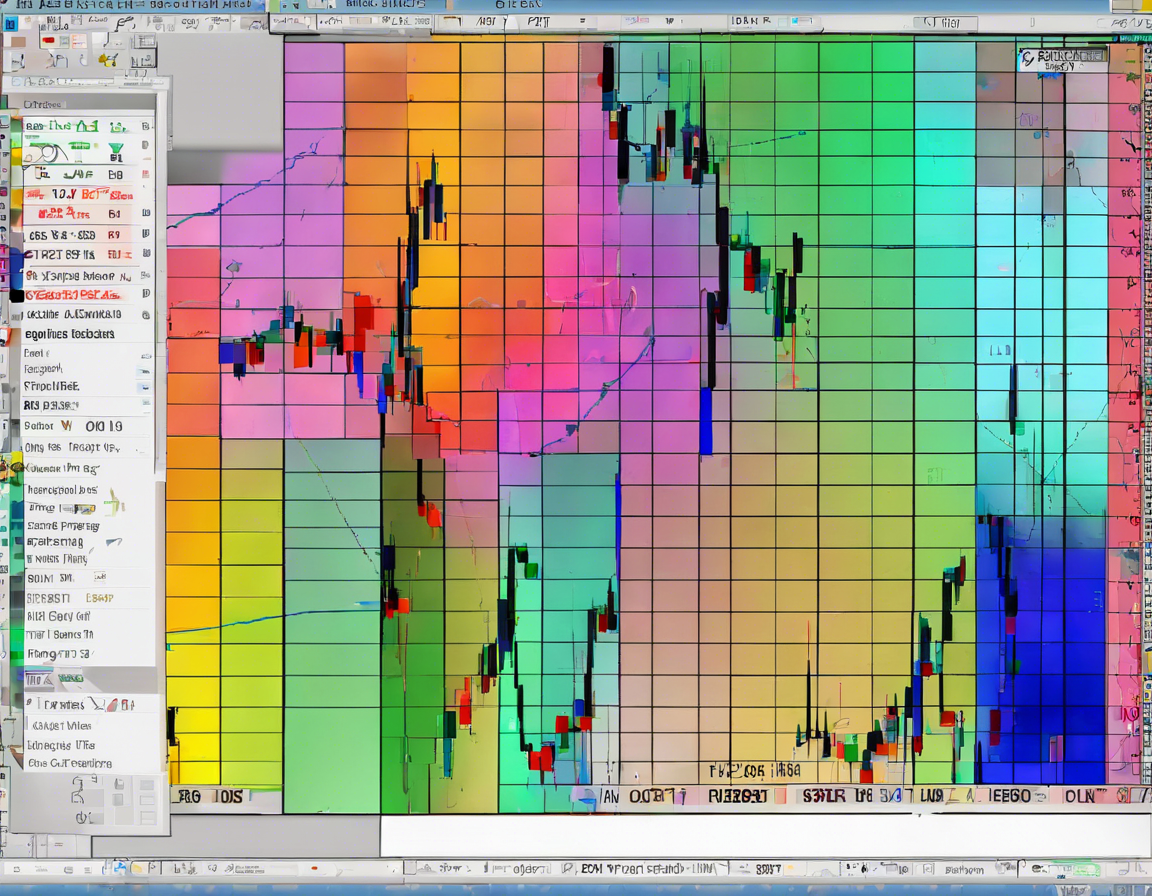Mastering Colour Trading Chart Patterns

Navigating the complex world of color trading chart patterns can be a daunting task for both novice investors and seasoned traders alike. Understanding how to interpret these patterns can provide valuable insights into market trends, price movements, and potential entry and exit points for trades. In this comprehensive guide, we will delve into the world of color trading chart patterns, exploring the various types of patterns, their significance, and how to effectively incorporate them into your trading strategy.
Understanding Color Trading Chart Patterns
What are Color Trading Chart Patterns?
Color trading chart patterns are visual representations of price movements in the financial markets. These patterns are formed by changes in price and volume over a specific period and are used by traders to identify potential opportunities for buying or selling assets. By recognizing patterns in price charts, traders can make informed decisions about market trends and predict future price movements.
Types of Color Trading Chart Patterns
There are several types of color trading chart patterns that traders commonly use to analyze market data. Some of the most well-known patterns include:
-
Head and Shoulders: This pattern typically indicates a reversal in the current trend. It consists of three peaks – a higher peak in the middle (the head) and two lower peaks on either side (the shoulders).
-
Double Top/Bottom: This pattern signals a potential reversal in the current trend. A double top pattern forms when the price reaches a resistance level twice before reversing, while a double bottom pattern forms when the price hits a support level twice before reversing.
-
Triangle Patterns: These patterns are formed by converging trendlines and indicate a period of consolidation before the price breaks out in a new direction. Triangle patterns can be symmetrical, ascending, or descending.
-
Flag and Pennant Patterns: These patterns are continuation patterns that represent a brief pause in the current trend before resuming. Flag patterns are rectangular-shaped, while pennant patterns are small symmetrical triangles.
Importance of Color Trading Chart Patterns
Analyzing color trading chart patterns can provide traders with valuable insights into market dynamics and potential trading opportunities. By identifying patterns such as reversal and continuation patterns, traders can anticipate price movements and make informed decisions about their trades. Additionally, understanding chart patterns can help traders manage risk more effectively by setting appropriate stop-loss levels and profit targets.
Incorporating Color Trading Chart Patterns into Your Strategy
Tips for Trading with Color Trading Chart Patterns
When incorporating color trading chart patterns into your trading strategy, consider the following tips to enhance your trading success:
-
Combine Patterns with Other Technical Indicators: To increase the accuracy of your trades, consider using color trading chart patterns in conjunction with other technical indicators such as moving averages, RSI, and MACD.
-
Practice Patience: Wait for confirmation before entering a trade based on a chart pattern. Look for breakouts or breakdowns to confirm the validity of the pattern before making a decision.
-
Set Stop-Loss Orders: To manage risk effectively, always set stop-loss orders to protect your capital in case the trade moves against you.
-
Stay Informed: Keep up-to-date with market news and economic events that could impact the assets you are trading. This will help you make more informed decisions based on both technical and fundamental analysis.
Common Pitfalls to Avoid
While trading with color trading chart patterns can be a powerful tool, there are certain pitfalls to watch out for:
-
Overtrading: Avoid trading too frequently based on every chart pattern you see. Be selective and wait for high-probability setups.
-
Ignoring Risk Management: Failing to implement proper risk management techniques can lead to significant losses. Always calculate your risk-reward ratio before entering a trade.
-
Confirmation Bias: Be aware of letting your preconceived notions influence your interpretation of chart patterns. Always rely on concrete data and evidence before making trading decisions.
Frequently Asked Questions (FAQs)
-
What is the most reliable color trading chart pattern?
The reliability of a chart pattern can vary, but some of the most commonly trusted patterns include the head and shoulders, double top/bottom, and triangle patterns. -
How can I learn to recognize color trading chart patterns?
Practice is key to recognizing chart patterns. Spend time analyzing different charts and familiarize yourself with the characteristics of each pattern. -
Do color trading chart patterns work in all financial markets?
While chart patterns are widely used across various markets, their effectiveness can vary. It’s essential to consider other factors such as market liquidity and volatility. -
Can I use color trading chart patterns in conjunction with fundamental analysis?
Yes, combining chart patterns with fundamental analysis can provide a more comprehensive view of the market and help you make more informed trading decisions. -
Are there any tools or software that can help me identify color trading chart patterns?
There are several charting platforms and software tools available that can automatically detect chart patterns based on predefined criteria. These tools can help streamline your analysis process.
In conclusion, mastering color trading chart patterns requires a combination of technical skill, market knowledge, and patience. By understanding the various types of patterns, their significance, and how to effectively incorporate them into your trading strategy, you can gain a competitive edge in the financial markets. Remember to practice sound risk management techniques, stay informed about market developments, and continuously refine your trading approach to maximize your chances of success.






